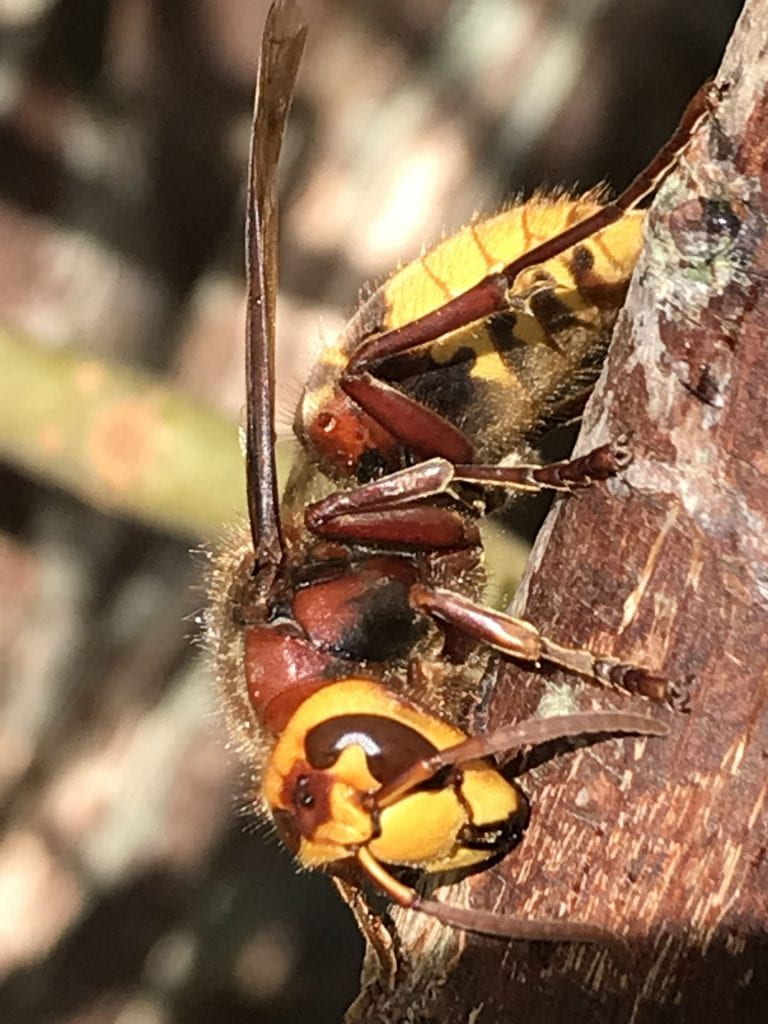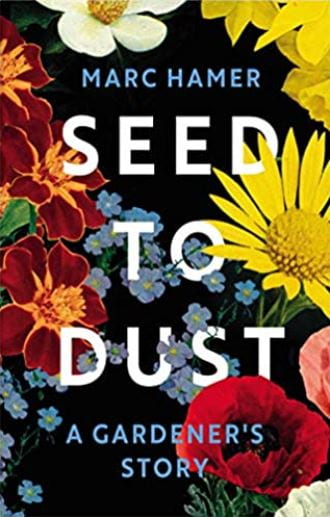If you are looking for a gardening book that will take you through each month explaining what to do, this is not the book for you. If, however, you are looking for a meditation on the cycle of life, what it means to be a man and a husband and how nature can soothe and calm us, then Seed to Dust is just the book for you.
The book is organised by the calendar, making it possible to see the sweep of the year; how it crawls towards a summer crescendo and slowly slides into the tail end. Many of the writings are rooted in the soil and what needs doing such as cutting the grass, something which seems to be a catalyst for thoughts, perhaps because you can only move at the speed of the mower, flying ants or a myriad of other small things that gardeners notice but not all go on to contemplate: pockets full of seeds; the waves of arriving swifts; the weather, the song of blackbirds and the cherry blossom. All of this is described in detail, and it is this detail that is one of the reasons it is such a delight. The book made me slow down when reading; I am a fast, hungry reader but realised I needed to notice and savour details and to think a little more about what was really being said.
There is a very detailed meditation on aphids, their curious life-cycle and how they are farmed by ants. Hamer details how they kill plants but,

I do not spray the aphids on my roses, although in the past I have lost whole crops of broadbeans to them. I am nurturing sparrows and ladybirds, beetles, ants and underground fungus instead, all of which rely on the greenfly.
p232
All gardeners will recognise this balance, although not all will go in favour of the aphids. If you don’t though, you miss out on things. If I hadn’t had blackfly, a type of aphid, on the willow in the autumn, I wouldn’t have seen the bees on the leaves hoovering up the sticky, sweet honeydew that aphids excrete and then spotted the native hornet nearby stripping the bark to access the sap. You can see on the stem where it has had a good go at it. Willow is the source of aspirin so I wonder if it was after that as well – a pain killer after being drunk on summer. It is these small details that ground us and show us the value of what we are doing.
But the book also tells the closing story of Hamer and the owner of the garden, Miss Cashmere. Here it is what is not said that is as telling as what is. We measure her gentle decline through the year, shuffling instead of walking, pruning her collection of books and furniture, absences that may be hospital stays, until she is no longer there. And then it feels like the end of an era and the whole book reads like a love letter to the garden and gardener and a way of life that is fast disappearing.
It is the subtitle of this book that is important here: A Gardener’s Story.
Have you read it?
